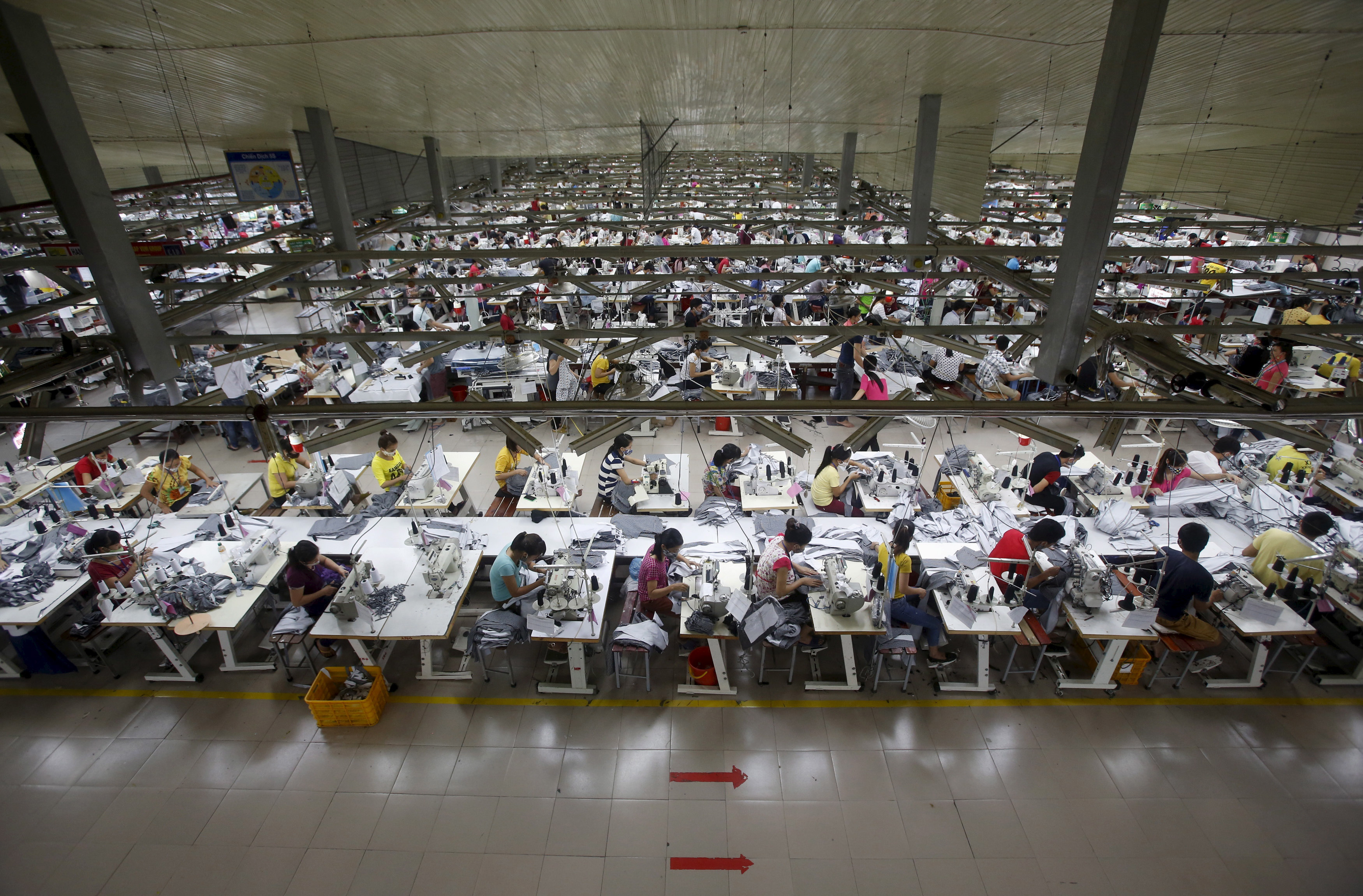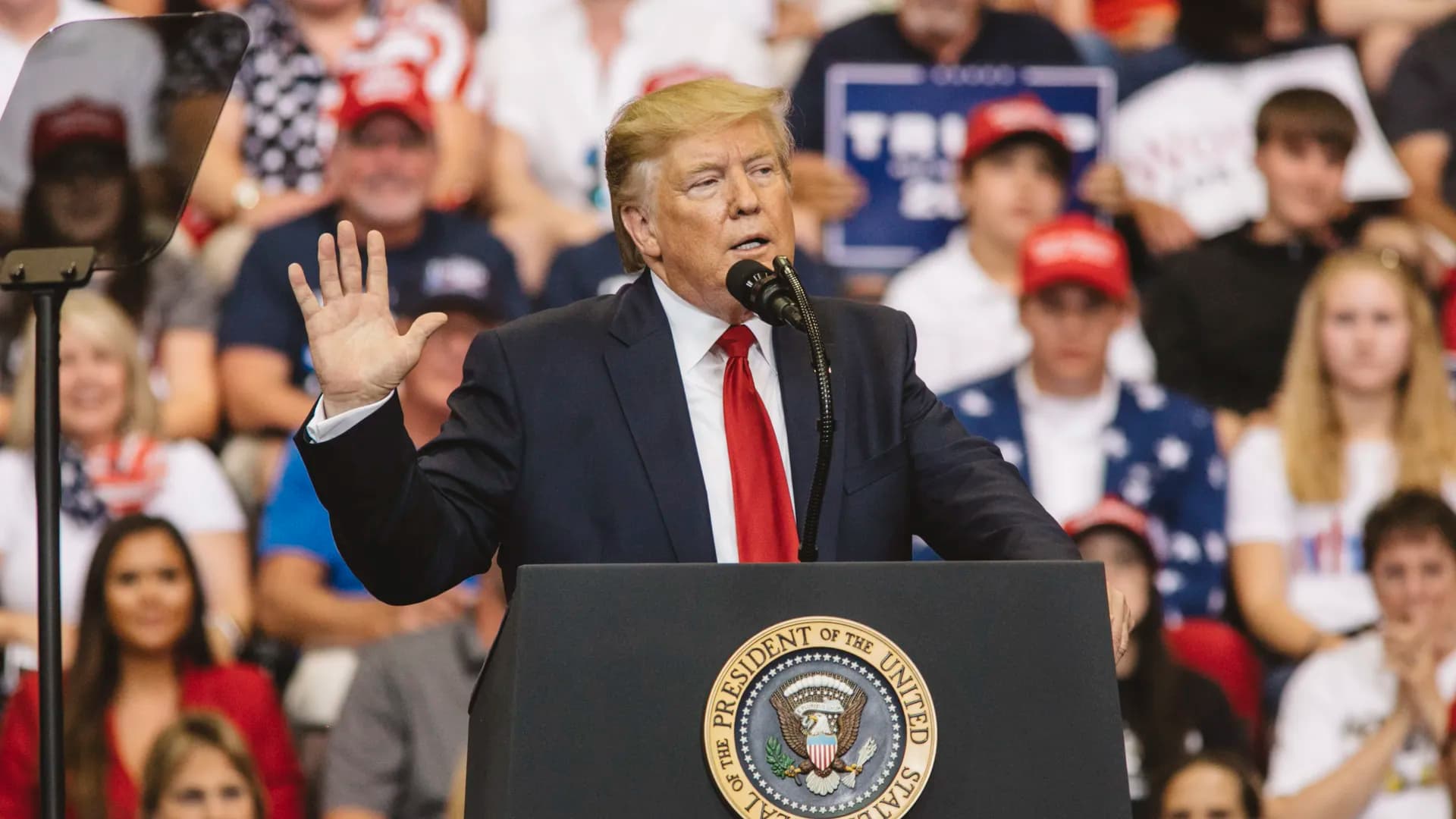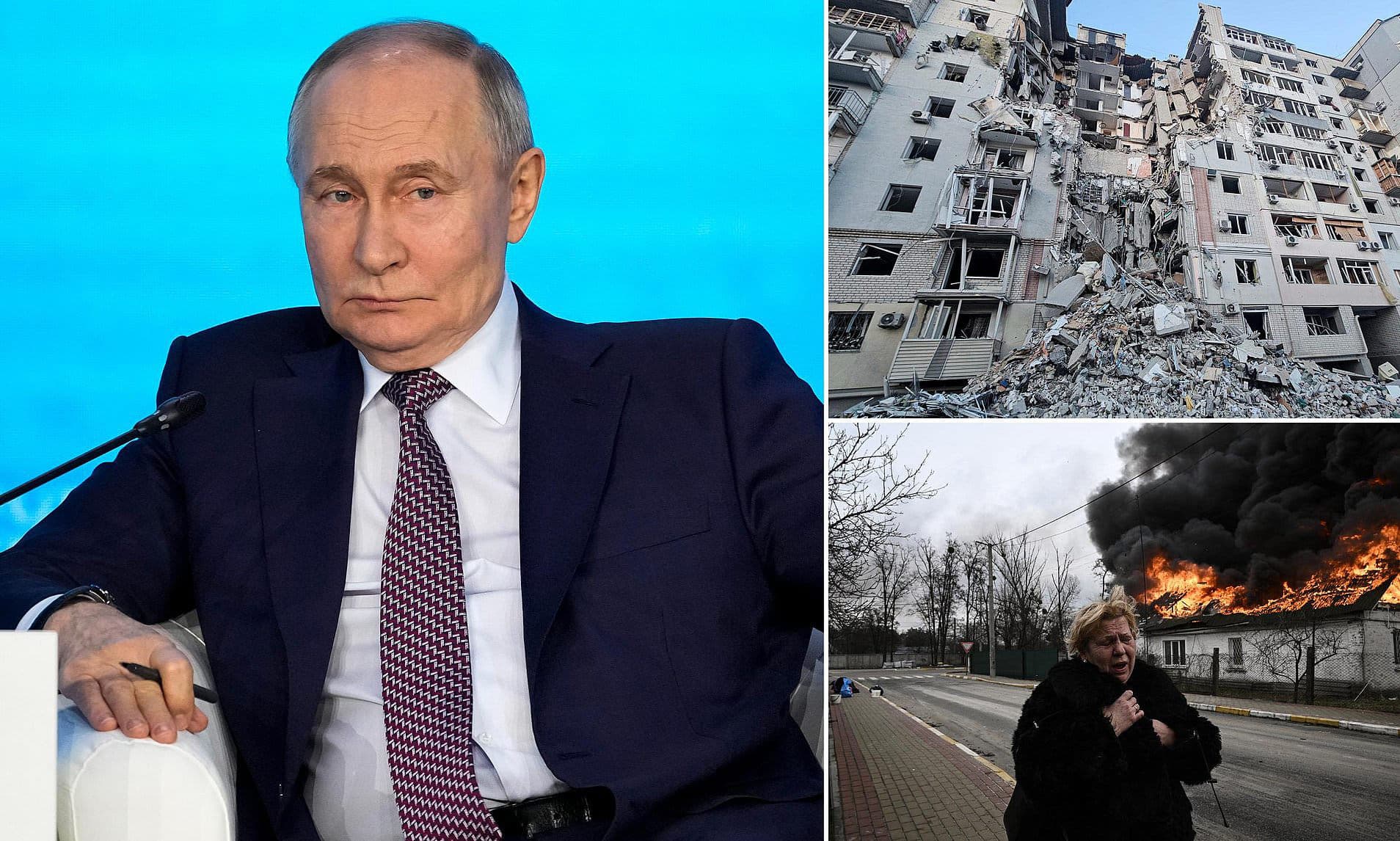Vietnam’s leadership is in disarray after President Donald Trump announced a staggering 20% tariff on its exports, blindsiding a nation that had anticipated a much more favorable rate of 10-15%. This abrupt shift in trade policy is not just a tactical move in a broader economic war; it puts immense pressure on the working class and small businesses in both Vietnam and the United States.
Workers Face Immediate Consequences
The impact of the tariff will be felt immediately by the working class in Vietnam, a country that has emerged as a manufacturing powerhouse, particularly for U.S. companies seeking cheaper labor. The new tariff structure threatens to push prices higher on imported goods, risking job security for thousands of Vietnamese workers employed in manufacturing sectors. As reported by Yale"s Budget Lab, the effective tariff rate could exceed 20% when combined with existing levies. This means that companies will face higher costs, which they may pass on to consumers or cut jobs to maintain profit margins.
Trade Negotiations Under Pressure
In the wake of this announcement, Vietnam"s party chief, To Lam, instructed his negotiating team to engage in fervent discussions to lower the tariff rate. However, the lack of transparency from the U.S. side raises concerns about the viability of these negotiations. As noted by Air University, Vietnam’s trade ministry is scrambling to reassure domestic industries that it can navigate these turbulent waters while maintaining robust trade relations with China, its largest trading partner. The dual pressures of U.S. demands and Chinese expectations create a precarious balancing act for Vietnamese leadership.
\n\n
World"s apparel, sneakers hub Vietnam struggles as US ban on ...
Investors React to Economic Uncertainty
Despite the turmoil, investor sentiment appears to remain buoyant, as stocks rallied to a three-year high following the tariff announcement. The interpretation among foreign investors is that Vietnam could still emerge as a favorable destination for investment, particularly if it diversifies its trade markets and supply chains. However, this perspective overlooks the reality that the working class will be caught in the crossfire. According to ISEAS, the country achieved an impressive 7.09% economic growth last year, primarily driven by exports. This growth now hangs in the balance due to external economic pressures.
Global Trade Dynamics Shift
The implications of the 20% tariff extend beyond Vietnam. The U.S. has engaged in a broader campaign of tariffs against various trading partners, further complicating global trade dynamics. Secretary of State Marco Rubio"s comments during a recent regional forum indicate that trade discussions are ongoing, but these negotiations are not the primary focus of U.S. foreign policy, raising concerns about the long-term stability of trade relations. The Associated Press notes that the U.S. is demanding more stringent measures from Vietnam to prevent Chinese goods from being rerouted, adding further complexity to the negotiations.
\n\n
Can these buildings in Vietnam survive? | CNN
Workers" Rights Must Be Central to Trade Agreements
As Vietnam navigates this economic landscape, it is crucial for labor rights to be at the forefront of any trade discussions. The 20% tariff is not just an economic issue; it is a human rights issue that threatens the livelihoods of millions. The U.S. must recognize that imposing tariffs without considering their impact on workers both in Vietnam and at home will only exacerbate inequality and social unrest. The voices of the marginalized must be amplified in these discussions, demanding accountability from both governments involved.







![[Video] Trump clarifies warning on Venezuelan airspace, denies imminent airstrike](/_next/image?url=%2Fapi%2Fimage%2Fthumbnails%2Fthumbnail-1764541870318-vgpub6-thumbnail.jpg&w=3840&q=75)
![[Video] Trump suggests U.S. asylum process will be paused for a long time](/_next/image?url=%2Fapi%2Fimage%2Fthumbnails%2Fthumbnail-1764541860292-f1xogn-thumbnail.jpg&w=3840&q=75)